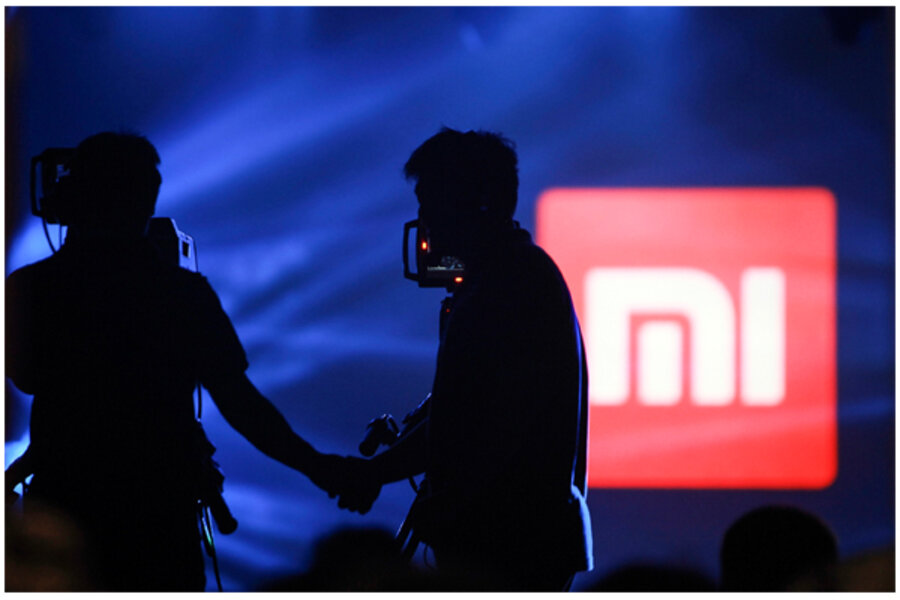Xiaomi Mi Pad looks like an iPad, but costs half the price
Loading...
If the name Xiaomi doesn’t ring a bell, that’s probably because you live in the United States. In the US, our smart phone market is largely dominated by Apple and Samsung. Across the globe in China, however, Beijing-based Xiaomi is a smart-phone household name due to its popular, low cost devices.
Now Xioami is hoping to continue to break down Apple and Samsung’s worldwide dominance with its first ever tablet and new TV. The tablet, called the Mi Pad, is a near-replica of the iPad though it will run on Xiaomi’s highly customized version of Android and costs about half the price. Will this offering be able to make a dent in Apple and Samsung’s market share, which together account for more than half the world’s tablet shipments?
First up: the Mi Pad. The device almost looks uncomfortably like an Apple product – more specifically like an iPhone 5C combined with an iPad. The Mi Pad is a 7.9-inch tablet with a plastic back that comes in six bright colors. The screen is 2,048 x 1,536 pixels (the same resolution as the iPad's Retina screen) and, according to some, its highly customized version of Android 4.4 Kit Kat actually runs more similarly to iOS than most Android operating systems. The device runs on a 2.2GHz Tegra K1 processor, and includes an 8-megapixel rear camera and 5-megapixel front-facing camera.
The one major difference from Apple? The Mi Pad will cost $240 for a Wi-Fi 16-gigabyte model, $275 for a 64-gigabyte model. That’s compared to $599 for the 64-gigabyte iPad mini.
“I want to tell everyone that the iPad mini with Retina is actually very cheap,” says Lei Jun, chief executive of Xiaomi, in Bloomberg Businessweek. “Therefore we had to exceed the iPad on design. We had to offer better wifi, battery, camera.... The pressure on us over the last several months has been too great.”
On the TV side, Xiaomi is releasing a second version of its popular MiTV. The MiTV is a 49-inch HD TV with external speakers and 4K resolution that's several times better than 1080p TVs. The price is once again the most unique part of this device: $645. A comparable model made by Sony costs around $2,000.
So far, Xiaomi’s strategy has paid off big time in China. Last year, the company sold 18.7 million smart phones in China, and this year it has moved into Singapore and Malaysia. The company is reportedly valued at more than $10 billion.
China is a market that many non-Chinese mobile technology makers have been keen to move into, but so far have not developed devices that have made a major splash. Slightly cheaper phones tend to sell better in China, but Apple and Samsung’s most touted offerings cost in well more than $500 out of contract. Previous to the Mi Pad, however, tablets were in relatively uncharted waters for Chinese companies.
The research group Gartner predicts that tablet shipments will increase 40 percent this year, with major growth in China in particular. The Mi Pad could offer an attractive device at a price far friendlier to one of the world’s largest, and fastest growing, technology markets.






